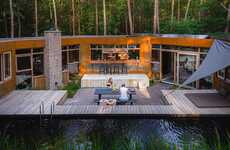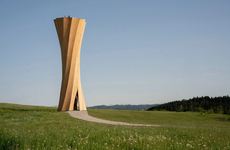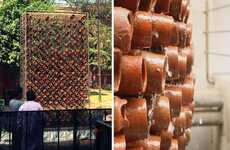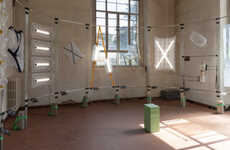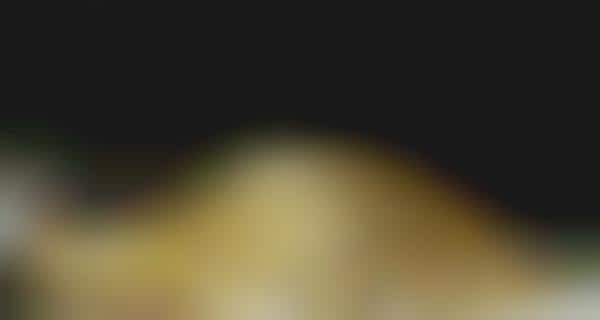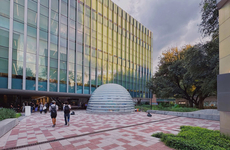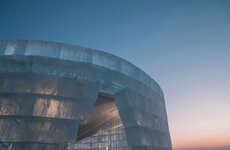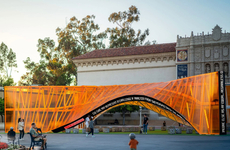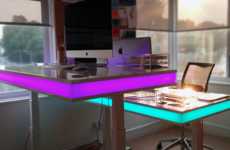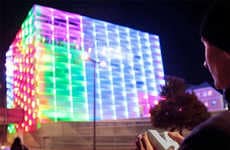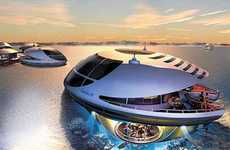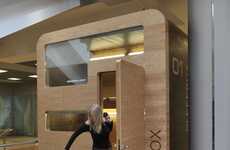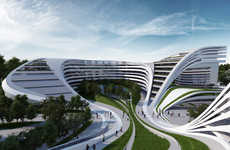
HEXigloo is an Intricate Exploration of Parametric Design
Amelia Roblin — June 26, 2011 — Art & Design
References: contemporist
One of the most compelling qualities of architecture is the way that it defines and alters one's perception of space, and the HEXigloo is a prime example of an installation that achieves this in a truly intriguing way.
The project was undertaken by a group of 55 students learning from a panel of instructors during a one-week workshop in Bucharest, Romania. This unusual object is one of 10 creations conceived with bestowed knowledge of parametric design. The smooth undulating surface of the sculpture came to be after extensive computer modeling to organize this billowing fabric of 196 hexagonal modules.
When all was rendered, and the Z axis of the 3D field was mapped out to offer the desired effect, the HEXigloo was laser-cut from cardboard, loosely assembled and then fastened together to create this swelling honeycomb sculpture.
The project was undertaken by a group of 55 students learning from a panel of instructors during a one-week workshop in Bucharest, Romania. This unusual object is one of 10 creations conceived with bestowed knowledge of parametric design. The smooth undulating surface of the sculpture came to be after extensive computer modeling to organize this billowing fabric of 196 hexagonal modules.
When all was rendered, and the Z axis of the 3D field was mapped out to offer the desired effect, the HEXigloo was laser-cut from cardboard, loosely assembled and then fastened together to create this swelling honeycomb sculpture.
Trend Themes
1. Parametric Design - The use of parametric design allows for the creation of intricate and unique architectural installations like the HEXigloo.
2. Computer Modeling - Computer modeling is a key tool in the design process for creating complex and visually stunning structures.
3. Laser Cutting - Laser cutting techniques enable the precise fabrication of intricate patterns and shapes in materials like cardboard.
Industry Implications
1. Architecture - Architects can explore parametric design and computer modeling to create innovative and visually engaging structures.
2. Art - Artists can use laser cutting to bring their intricate and detailed designs to life in various mediums.
3. Manufacturing - Laser cutting technology can revolutionize the manufacturing industry by allowing for precise and efficient fabrication processes.
5.1
Score
Popularity
Activity
Freshness

